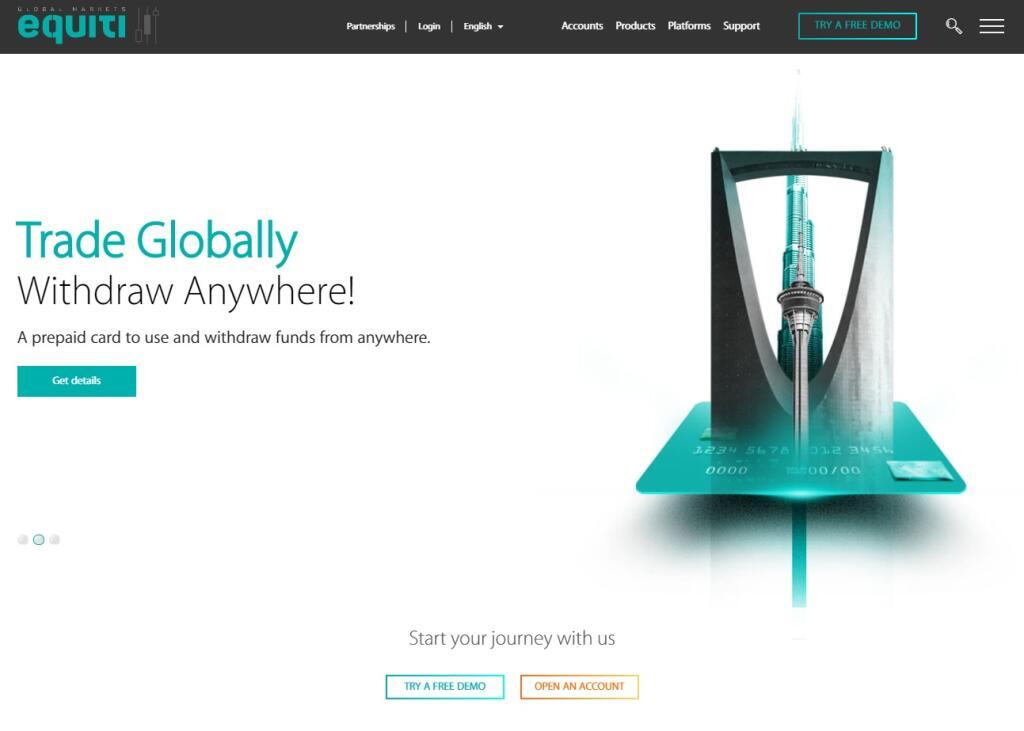
The payment of accounts receivable can be protected either by a letter of credit or by Trade Credit Insurance. Further analysis would include assessing days sales outstanding (DSO), the average number of days that it takes to collect payment after a sale has been made. Companies record accounts receivable as assets on their balance sheets because there is a legal obligation for the customer to pay the debt. They are considered a liquid asset, because they can be used as collateral to secure a loan to help meet short-term obligations. Accounts receivable refer to the outstanding invoices that a company has or the money that clients owe the company.

Adam received his master’s in economics from The New School for Social Research and his Ph.D. from the University of Wisconsin-Madison in sociology. He is a CFA charterholder as well as holding FINRA Series 7, 55 & 63 licenses. He currently researches and teaches economic sociology and the social studies of finance at the Hebrew University in Jerusalem. Expanding on the previous advice – it’s essential to pick billing or invoicing software that is open to integrations with other tools.
Proper double-entry bookkeeping requires that there must always be an offsetting debit and credit for all entries made into the general ledger. To record accounts payable, the accountant credits accounts payable when the bill or invoice is received. The debit offset for this entry generally goes to an expense account for the good or service that was purchased on credit. The debit could also be to an asset account if the item purchased was a capitalizable asset. When the bill is paid, the accountant debits accounts payable to decrease the liability balance. The offsetting credit is made to the cash account, which also decreases the cash balance.
Accounts Payable vs Accounts Receivable
The AP department also handles end-of-month aging analysis reports that let management know how much the business currently owes. Small expenses such as miscellaneous postage, out-of-pocket office supplies or company meeting lunch are handled as petty cash. AP often handles a supply of sales tax exemption certificates issued to managers to ensure qualifying business purchases don’t include sales tax expenses. While Account Payable refers to how much a business owes, Accounts Receivable (AR) encompasses the money owed to the business.
- There are various ways in which you can make payments against the invoices.
- It is especially important when firms find it challenging to obtain funding via financial or credit institutions.
- You must process your invoices on a regular basis despite having few vendors.
- On the other hand, if your business is considered as taking advantage of discounts on early payments if it is paying its suppliers very quickly.
- This happens because a bill is short and less detailed than an invoice would be, and includes only important details regarding prices and taxation.
Users and customers make accounts due on invoice receipts for service receipt transactions and at the time of purchasing products. For transactions that are completed in one go, it’s more common to use a bill as documentation. This happens because a bill is short and less detailed than an invoice would be, and includes only important details regarding prices and taxation. For example, you can think of billing done at restaurants, pharmacies, beauty salons, or anywhere where you can purchase goods or services in person. This type of billing method is popular in cases with a fixed fee or a one-time service. The payment is made when a service has been provided, or a product or project is delivered.
Understanding Accounts Payable (AP) With Examples and How to Record AP
The method of evaluating the efficiency of workers is termed as _________. When an existing company offers its shares for sale to the existing shareholders, it is known as ___________. We believe https://online-accounting.net/ everyone should be able to make financial decisions with confidence. Reviewing requires a business to collect and analyze all the information needed in order to create an invoice or bill.
- Many larger companies have a specific accounts payable department to manage this particular aspect of their financials.
- When Robert Johnson Pvt Ltd makes payment to its supplier, the accounts payable account gets debited.
- If you want to save even more time and effort, another option is to send your invoice email through invoicing software.
- Companies record accounts receivable as assets on their balance sheets because there is a legal obligation for the customer to pay the debt.
- He is a CFA charterholder as well as holding FINRA Series 7, 55 & 63 licenses.
Next, you’ll need to create a time log to track your billable hours by client. You can do that manually, by setting up a spreadsheet with separate columns for the client name, a description of the work performed, the date and the time spent working on the project. This is the first entry that an accountant would record to identify a sale on account. Afterward, if the receivables are paid back within the discount period, we need to record the discount. In business transactions, companies will often purchase items on account (not for cash). The term used to call the transactions is purchases “on account,” which signifies a transaction where cash is not involved.
Get a complete view of your finances with QuickBooks accounting software for small businesses
Working as an accounts payable specialist can be a rewarding way to contribute to an organization’s success, and it can lead to further steps in a financial reporting career. While the business size ultimately determines the role accounts payable plays, AP fulfills at least three essential functions besides paying bills. To encourage a prompt settlement, a seller may offer a cash discount to the buyer at a certain rate if he settles the dues within a specified time. Such arrangement is made through establishing a payment term between seller and buyer (e.g., 1/15, n/45 etc.).
A recurring payment plan is often the best option for on-going services such as online subscriptions, software plans, etc. The frequency may be weekly, monthly, or even longer depending on the nature of the service or cash flow expectations. When the amount of the credit sale is remitted, Company B will debit its liability Accounts Payable and will credit Cash. Company A will debit Cash and will credit its current asset Accounts Receivable. For instance, the Accounts Payable Aging Summary report not only tells you about the vendors to whom you owe money. But, it also reflects the invoices against which your payments are overdue.
In this billing method, invoices are generated in tandem with costs incurred on a routine, monthly, or bi-monthly basis. As the name suggests, this type of billing method requires the completion of a milestone (which could be a particular event or a sub-contract). There’s no need to worry about writing down a subject line, email body message, and manually attaching the invoice pdf file – invoicing software does everything for you. The traditional postal office method isn’t very convenient, as it can be slow, time-consuming, and unnecessarily costly. The extra expense of paper, ink, and postage, can be easily avoided by sending an email attachment instead. For starters, free templates aren’t very professional-looking and can be hard to customize.
Understanding Accounts Payable (AP) With Examples and How to … – Investopedia
Understanding Accounts Payable (AP) With Examples and How to ….
Posted: Mon, 25 Jul 2022 07:00:00 GMT [source]
Here is another example to help illustrate what this might look like. Accounts payable refers to a circumstance in which a client pays an outstanding amount to a seller. A sort of bill of exchange is billing, often known as a bill payable.
Step 1: Turn on billable expense
Bills connected to financial statements are recorded in a distinct subsidiary book called the bills payable book. As a result, your total liabilities also increase with the same amount. Now, the accounts payable represent the short-term debt obligations of your business.
Depending on the terms for repayment, the amounts are typically due immediately or within a short period of time. The difference between Accounts Payable and Billing is that the payable bills do not always represent all of the accounts payable. All current account transactions are represented by Accounts payable, which is reflected in the user’s balance as current liabilities. However, on the contrary, all of the billing that is done results in a set of legally enforceable debt, which is represented by the accounts payable balance.
7 Top Rated Accounting Software – Software Advice
7 Top Rated Accounting Software.
Posted: Tue, 30 May 2023 07:00:00 GMT [source]
The drawee, or customer, owes the holder a particular amount of money that is due on a specific maturity date. For more advice on sending invoices and tips on how to get paid on time, head over to our guide on how to send an invoice. After all the necessary financial information about the sale has been collected and reviewed, it’s time to put the data together and create your invoice.
Current liabilities refer to all the debts a company must pay within one year of the date reported on the balance sheet. A balance sheet is a financial statement that reports a company’s assets, liabilities and shareholders equity, on a single day. Bills payable are physical records of the amount owing for any products or services that a company buys on credit. Accounts receivable is a current asset account in which a company records the amounts it has a right to collect from customers who received goods or services on credit.

For tax reporting purposes, a general provision for bad debts is not an allowable deduction from profit[5]—a business can only get relief for specific debtors that have gone bad. An example of a common payment term is Net 30 days, which means that payment is due at the end of 30 days from the date of invoice. The debtor is free to pay before the due the most important info about accounts payable process date; businesses can offer a discount for early payment. Other common payment terms include Net 45, Net 60, and 30 days end of month. The creditor may be able to charge late fees or interest if the amount is not paid by the due date. Once you have your hourly rate set, choose the invoicing schedule you’ll follow as part of your billing process.
Accounts payable if managed effectively indicates the operational effectiveness of your business. Too high accounts payable indicates that your business will face challenges in settling your supplier invoices. However, too low accounts payable indicates your business is giving up on the benefits of trade credit. Every accounts payable department has a process to follow before making a vendor payment — this is the accounts payable process. Concrete guidelines are essential because of the value and volume of transactions during any period. The accounts payable department also works to reduce costs by developing strategies to save a business money.
